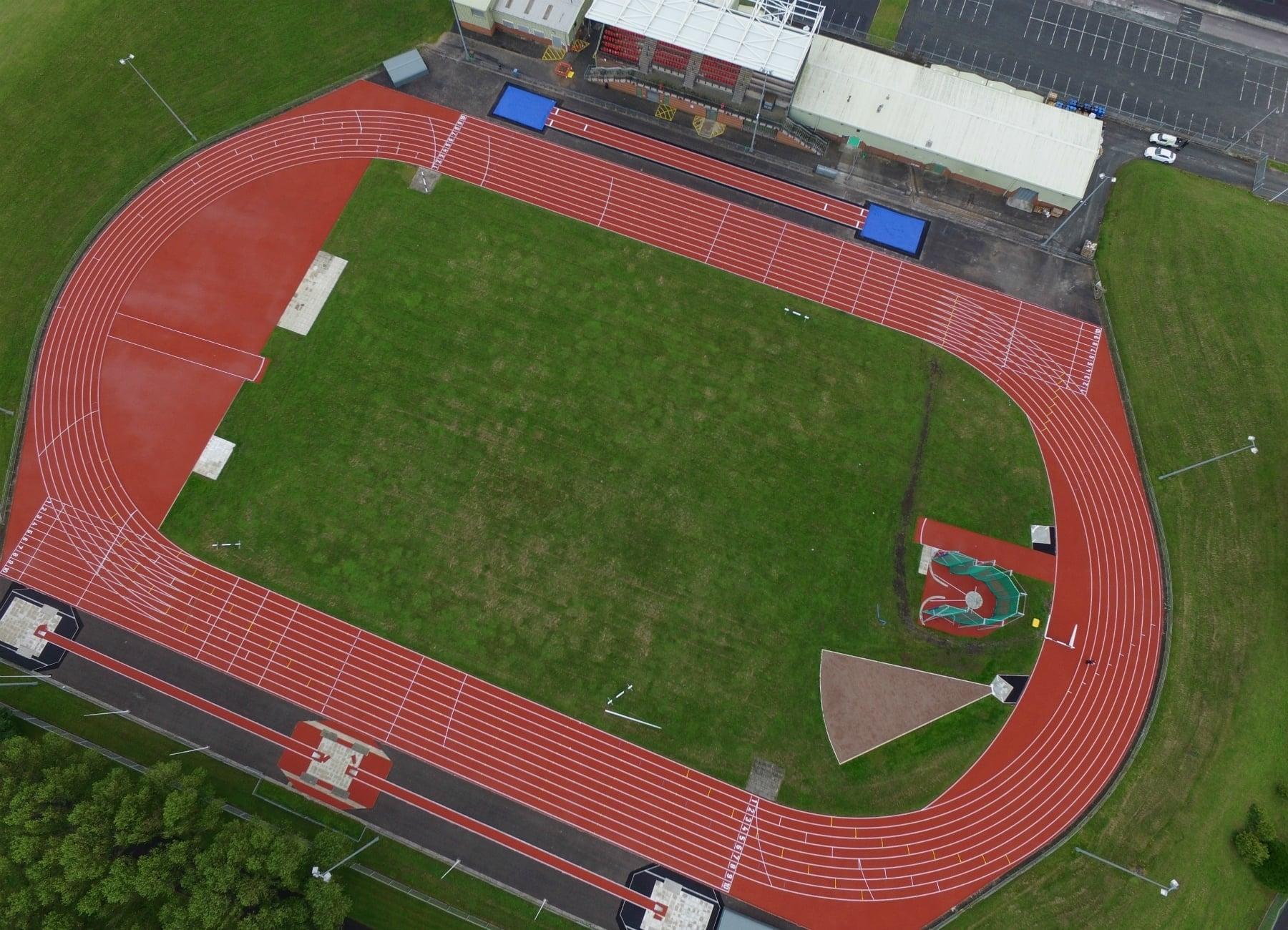Artificial turf has been slowly replacing natural grass fields as the sports pitch of choice for professional and non-professional players alike. Universally, it has proven to be more economic and durable in all weather conditions.
Unlike grass fields, artificial turf does not absorb water, ensuring the field does not become waterlogged and have to be closed. This also reduces the sports pitch maintenance as the pitch does not have to be repaired due to the ground being churned up during the wetter seasons. 3G pitch construction creates a ground surface far more durable to damage caused by football spikes while also preventing accidents due to players slipping. Because of this versatility in all weathers, the team does not have to be moved to a replacement field and games are safely played on the artificial turf throughout the whole year. 3G pitch installation assures sports clubs that they are getting the best value for money and will be able to continue using the field regardless of wet weather.
The cost of sports pitch maintenance is significantly reduced by using artificial turf. While natural grass can be completely destroyed by the impact of the players, only withstanding around 100 hours of playtime, artificial grass can endure over 500 hours of consecutive playtime. It also does not require recovery time between games, enduring constant and heavy use. This is due to the methods of 3G pitch construction making the turf so much stronger and more durable than grass. The turf is laid on top of a stone base instead of the unstable soil grass is rooted into. Professional and semi-professional 3G pitch installation involves the addition of tarmac between the turf and the stone to create a more realistic, natural, bouncy texture for the players. Sand or rubber granules among the artificial grass fibres create a realistic texture while also absorbing the impact of the players. Compared to natural grass, which requires regular upkeep such as watering, pest-control, fertilising and mowing, artificial turf requires very little maintenance.
The pesticides required to have a natural field can also leak into local water sources or spread into surrounding areas. The fertilizer can also have these similar negative effects on the environment. Another environmental consideration is the frequent watering, both costing the planet and increasing water expenditures. Annually, the field must be replanted to thicken the turf again to meet playing and aesthetic standards. Artificial turf requires none of this, it does not need watering or planting and remains generally insect-free all year round. It is also usually manufactured out of recycled materials and has very little impact on the environment. It is ideal for outdoor and indoor pitches alike as the artificial grass does not photosynthesise and therefore has no need for sunlight. As more and more stadiums choose retractable or completely covered roofing, artificial turf is becoming the best option. More importantly, artificial turf is ready to use following installation, unlike grass which must root securely before it can be used.
It is also argued that 3G pitch construction ensures a ‘fairer’ game as there is more opportunity to control the pitch and its consistency. Each area of the field is constructed in the exact same way and manufactured identical materials. This means there are no significant differences from one place on the pitch to another. There are no uneven textures or protuberances in the surface of the field that could affect the speed of balance of the players. For sports like golf and bowls, the flat and smooth surface is imperative to have a fair and successful game and 3G pitch installation makes this possible. In order to achieve this uniformity with natural grass, the sports pitch maintenance would be time-consuming and expensive.
With everyone from the International Olympic Committee to Primary School Sports departments choosing artificial turf over grass, it is clear that many people are aware of the benefits and advantages it has. Overall, it is undeniably more economic and easier to maintain than natural grass, making the actual game a greater priority than the surface it is played on.












No Comments